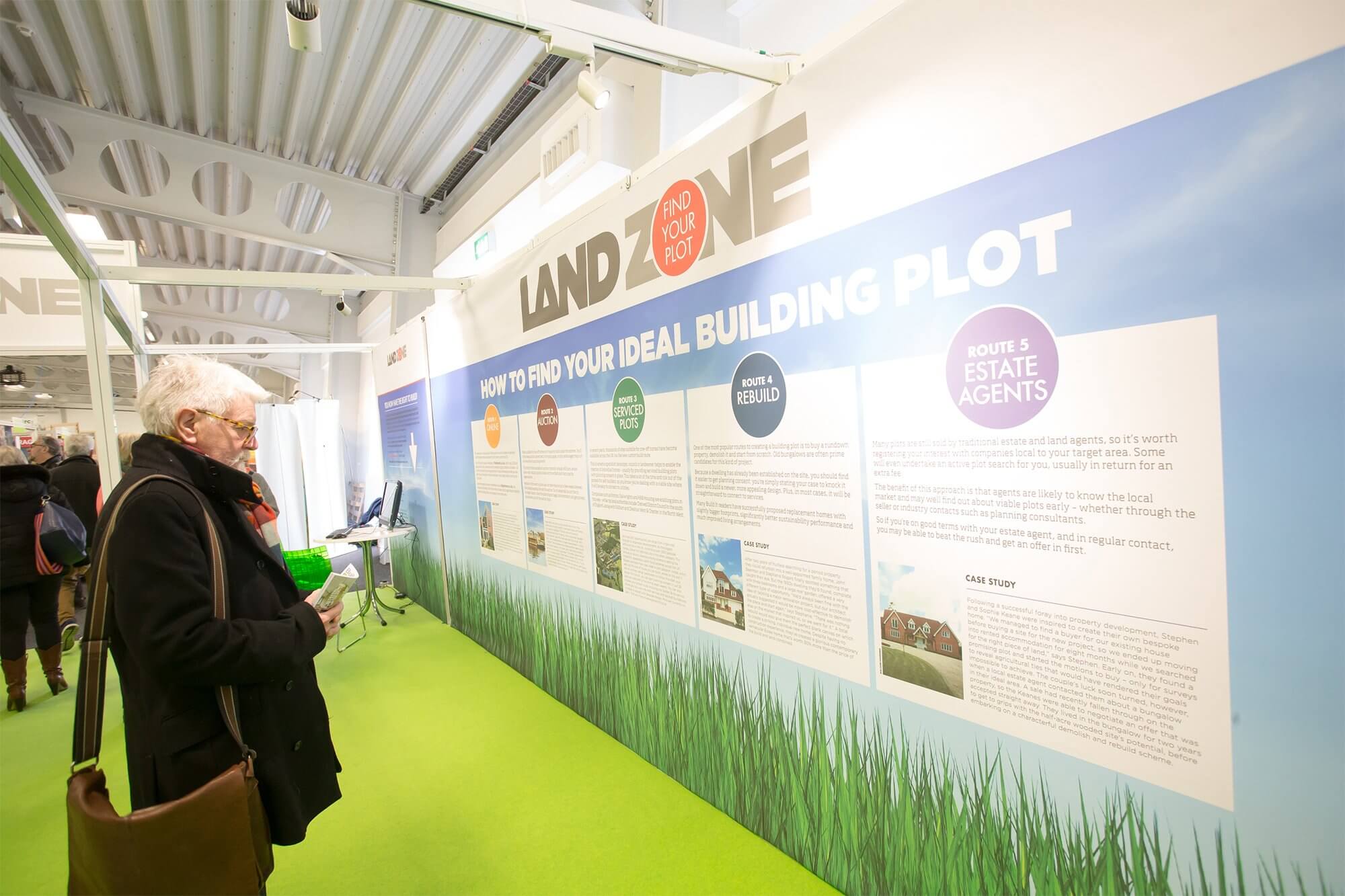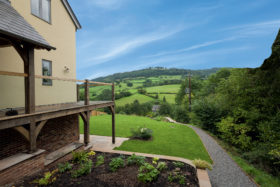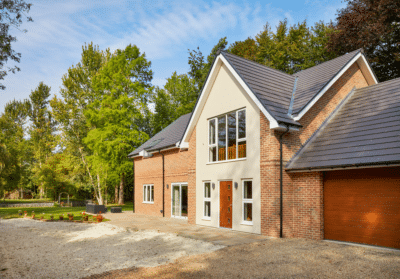It seems 2019 is shaping up to be a key year for custom and self build in England.
On 30th October, the first period of registration under the Right to Build will come to fruition and we’ll see how local authorities have met their responsibilities under the legislation. Those who have signed up for the scheme will be keen to see what provision for plots of land has been made.
NaCSBA has been chasing up councils, and in November it submitted a freedom of information (FOI) request to all 336 English planning authorities to see how things are progressing.
This includes determining how many people have joined since the last FOI request in 2017, which constituencies require a local connection test for applicants and if they are charging for the privilege of being on their list. The results have been interesting.
The good news is that numbers are up. Since 1 April 2016, over 40,000 people have joined, with 10,000 added last year.
The bad news is that the increase in no way reflects what we believe to be the underlying demand. There is suspicion that councils are adding red tape to keep numbers down.
When the Right To Build registers first opened, there were few restrictions on joining. Now over one in four have locality tests or fees.
Local connection tests are allowed, but must only be applied where there is strong justification – like in some of the London boroughs where demand is high and land is scarce, for example.
Charges are allowed on a cost-recovery basis but, as Build It has previously reported, these range from a £50 one-off fee, to £350 plus £150 for each subsequent year of registration.
There’s also an acute lack of publicity of the scheme. Local authorities should be promoting its existence but there’s little evidence of this beyond the occasional press release.
All of that adds up to a postcode lottery, which is having the consequence of pushing self builders to sign up with authorities that don’t have these restrictions, further skewing the pattern of demand.
It’s not surprising that one council in the North West has one of the highest fees, yet no names on their list. That can’t be right and is unfair to those areas still maintaining open registers in accordance with the spirit of the legislation.
The proof of the pudding will come in October when the Housing and Planning Act 2016 obliges councils to grant sufficient development permissions to meet the demand as established by their register on a rolling basis.
Planning consents equivalent to the number of people who signed up from 1 April 2016 to 30 October 2016 should be granted by 30 October 2019. It looks like they will take it to the wire, but when the time comes, they will need to show how they have complied.
For the vast majority signed up, this should make for tangible sites in viable locations. Let’s see how that develops, shall we?
If you still haven’t signed up to your local register, you can do so at righttobuildportal.org
































































































 Login/register to save Article for later
Login/register to save Article for later














